Life-giving projects like growing produce and running food trucks aim to reshape homelessness in Santa Barbara.
To: Bluedot Living
From: Julie Lawrence, Director of Social Ventures at Good Samaritan Shelters
Subject: Social Ventures Program
When you hear the term “sustainability,” several words often come to mind: “renewable,” “healthy,” “generational.”
I think of sustainability as fulfilling the needs of our current clients without compromising the needs of those who will come after them, while ensuring a balance between fiscal responsibility, environmental care, and social well-being.

In short, we are growing hope. And it’s always harvest season.
Literally.
Our intent is to disrupt the negative feedback loop that besets so many of those we aim to serve.
“Shelter,” of course, is right in our organization’s name, and housing security has been a core tenet of ours for over a quarter century.
Yet housing, which will always be an enormous part of what we do, remains just one element.
Good Sam’s Social Ventures initiative was formed with the explicit recognition of the importance of food security; of education and job training; and of the dignity and sense of pride one derives from a job well done.
And how all of those things, when attended with patience and care and compassion and expertise, can lead to lasting, life-changing, sustainable change.
Connecting those concepts with the natural abundance of California’s Central and South Coasts is what makes Good Samaritan’s Social Ventures so exciting.
With our clients’ help, knowledge, and expertise, Good Samaritan will be growing and cultivating crops for which our region is famous around the world.
We have a 3.5-acre farm in Lompoc, co-located with the Bridgehouse shelter and Rainbow Village pallet shelter site. The farm is currently tended by just two full time Good Samaritan staff.
But we’re growing hope.
Crops are in the ground. Today. Tomatoes, carrots, cabbage, lettuce, beans, and cucumbers, among others.

And we’re growing hope.
Harvests are happening. Today. The bounty is picked and stored in our commercial cooler on site, then trucked to our commercial kitchens — located inside our shelters in Santa Maria and, after completion of the remodel project, in Santa Barbara.
Yes — commercial kitchens. Our culinary program manager and his team are gradually introducing more of the farm’s yield into the food they prepare and serve our clients. Our goal is a revolutionary one: to reduce our reliance on outside meal vendors by sixty-five percent by January of 2025, and by eighty-five percent by January 2026.

We won’t hit those numbers, however, without the most important “ingredient”: our clients. In the coming months, we have plans for curriculum development in agriculture and in culinary arts.
With our clients’ help, knowledge, and expertise, Good Samaritan will be growing and cultivating crops for which our region is famous around the world.
In our culinary training program, Good Samaritan will be educating clients about healthy, delicious food; about safe, hygienic food handling procedures; and about how to prepare, plate, and serve meals not just for themselves, but for others, too.

And just over the horizon — and again with our clients’ help, knowledge, and expertise — we will be rolling out another California staple: food trucks. “Good Sam-wich” food trucks, to be specific. Staffed and operated by Good Samaritan clients. We envision a fleet of them, in fact — by 2026.
They’ll be there for the community in times of crisis and emergency response. When those who’ve helped our clients need a helping hand themselves.
They’ll be there at pop-up events around the county. We’ll recruit the best tech-savvy volunteers from Cal Poly and UCSB to help us grow the Good Sam-wich from fuzzy, feel-good concept to viral sensation.
And they’ll be there, of course, every day, for the clients we serve at twenty-five locations county-wide.
That’s what I think of when I hear the term sustainable.


